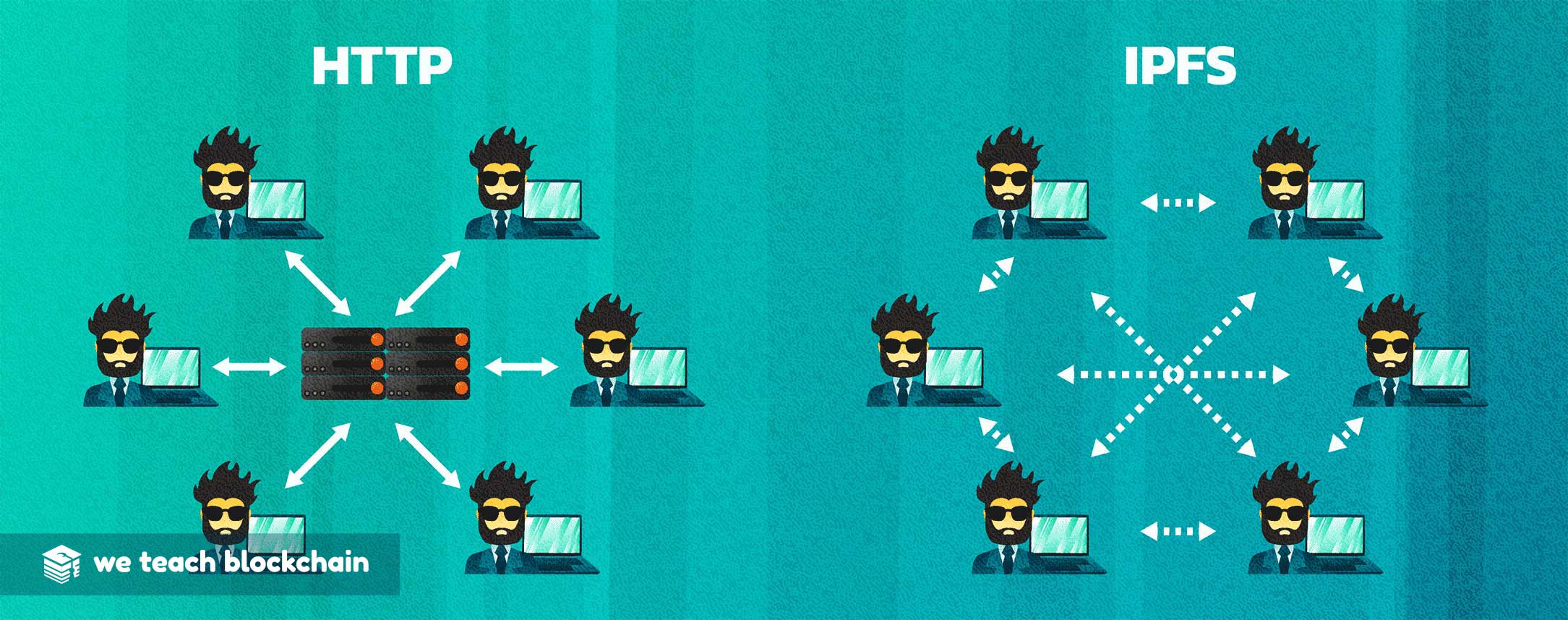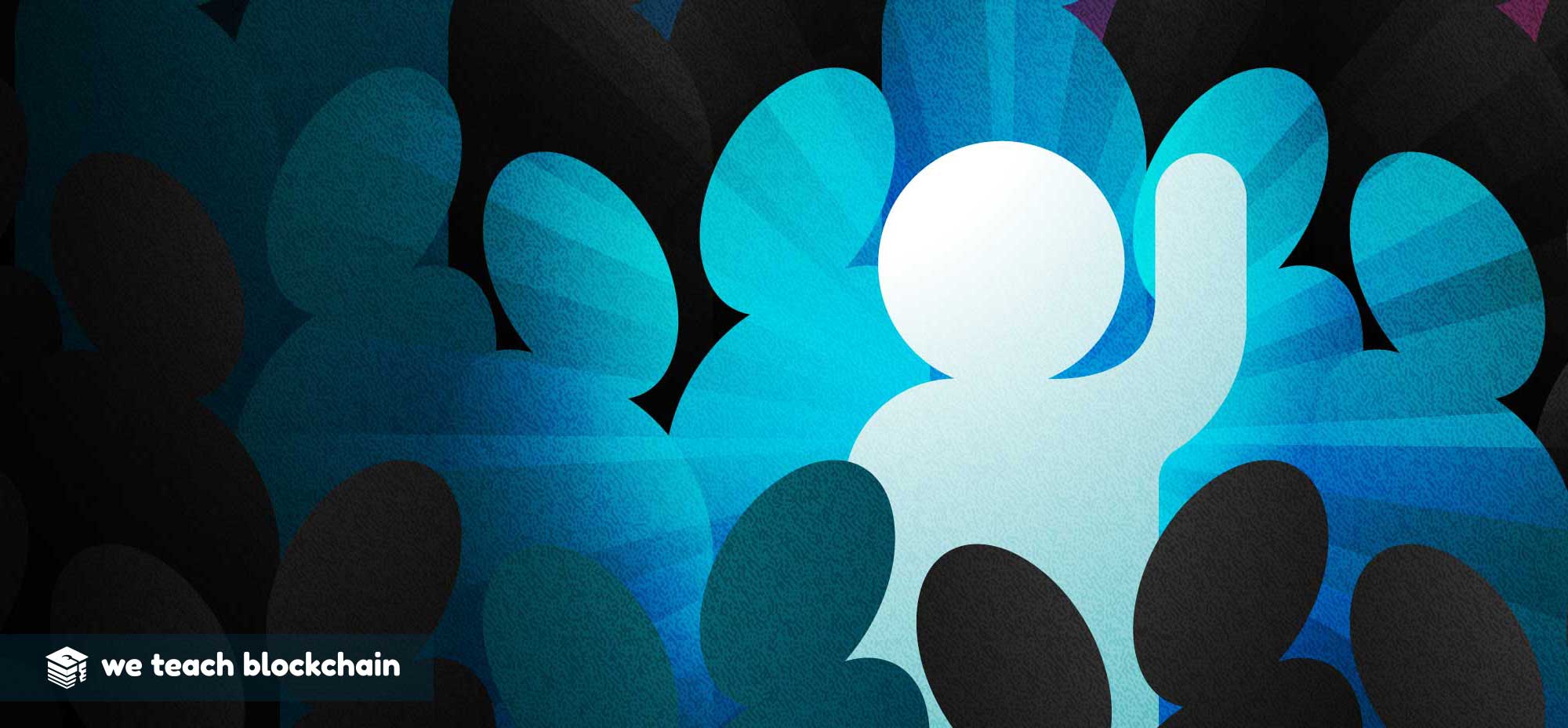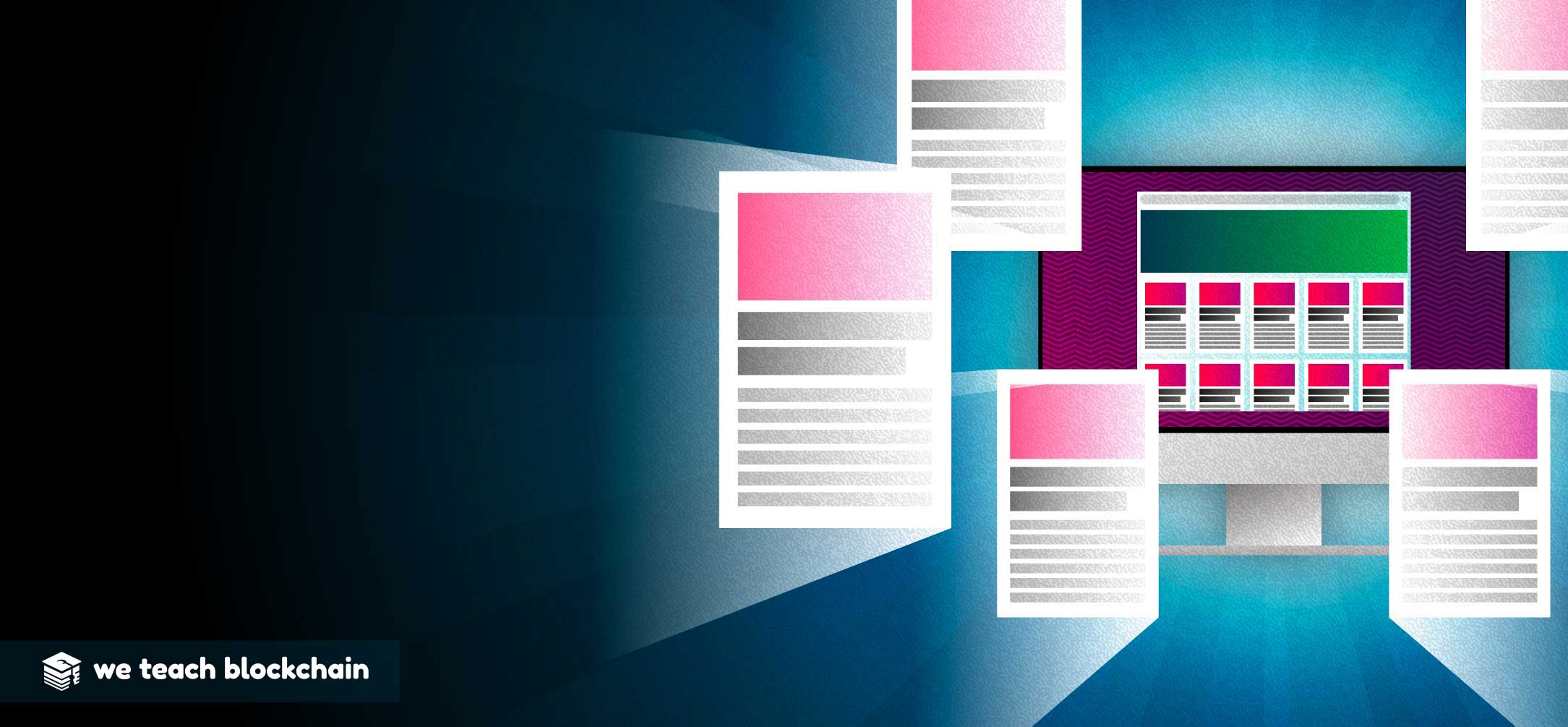As discussed before, decentralized networks give users greater control over their information. This is largely achieved through the use of peer-to-peer networks.
Peer-to-peer networks, often shortened to P2P, offer an essential component to blockchains because the core values of the network design allow for decentralization. Rather than a typical client-server model in which individual clients request services or information from a central server, a peer-to-peer network is more resilient and allows users to directly interact with other peers. Peer-to-peer networks are self-organizing and therefore can be self-sustaining. This is a significant component of decentralized systems that allow blockchains to do what they are purposed for.

WHY USE PEER-TO-PEER NETWORKS?
The client-server model has failed users of the internet. The price to be connected via this necessary global internet is giving up control of your personal data. Your information is compiled into these central servers and sold without your knowledge. With many popular search engines and social media sites, you’re not the consumer, you’re the product. A shift away from the client-server model is a shift away from large data repositories that are ripe targets for attack.
Additionally, P2P networks help to ensure resiliency within the network. As more nodes arrive in the system the mining power of the blockchain increases, making the chain more secure. For example,.xyz domain names support the Ethereum Name Service and can now be linked with decentralized identities!
As this happens, the likelihood of failure in the system decreases because of the growth in peers on the network; these nodes support the system through their contributions to the network and by sharing resources. More peers mean more resources on the network which allows for greater security overall. To put it simply, there is power in the number of nodes when it comes to the security of a decentralized network. If one peer on the network fails, the system still survives because all the other peers are still properly functioning, communicating, and providing resources to the network. The redundancy in information between nodes makes sure that if one node goes offline, there is another available node with a copy of that information. Peer-to-peer networks significantly decrease the chance of a network failure simply because the software is decentralized distributed throughout nodes, creating a network of great fault-tolerance, the ability for a network to function if a node or group of nodes does not behave properly. Our next lesson explores how blockchains stay secure.




